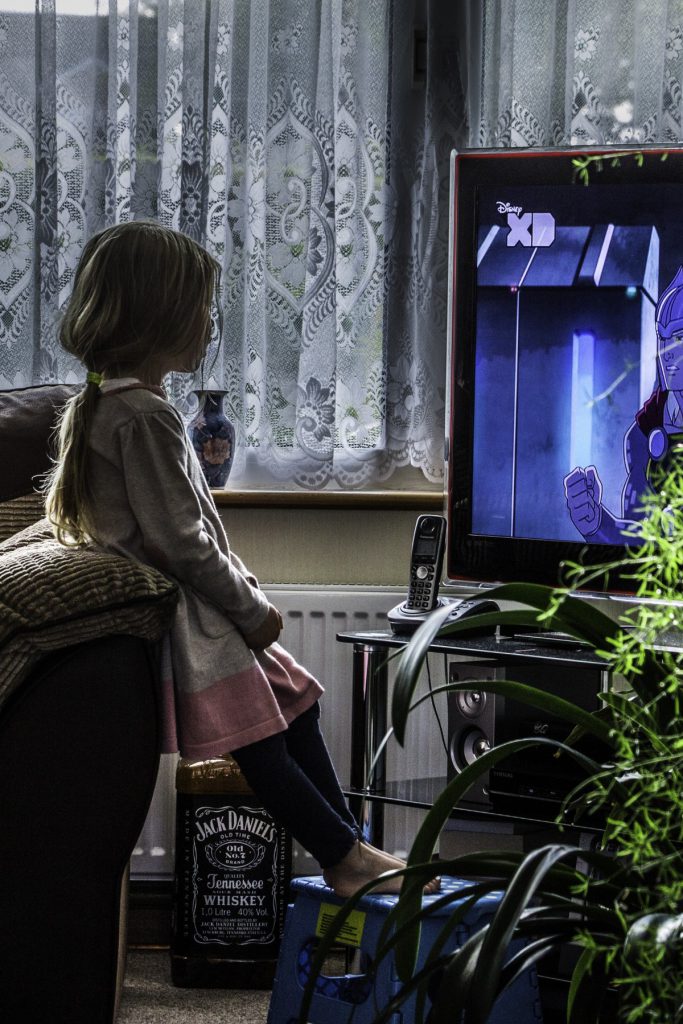 This egalitarian and liberal transformation of the family deprived it of one of its more characteristic purposes: education. The so-called generation gap contributed greatly to this. This was not only caused by the frequent absence of the parents from the home, but also by the tense atmosphere created by the limited space. To this was added the interference of external factors such as the school, the State, and television.Let us see what Anne-Marie Rocheblave-Spenle, author of the book The Adolescent and His World, has to say about this:
This egalitarian and liberal transformation of the family deprived it of one of its more characteristic purposes: education. The so-called generation gap contributed greatly to this. This was not only caused by the frequent absence of the parents from the home, but also by the tense atmosphere created by the limited space. To this was added the interference of external factors such as the school, the State, and television.Let us see what Anne-Marie Rocheblave-Spenle, author of the book The Adolescent and His World, has to say about this:
The State increasingly takes over the functions of the family: teaching, education, pleasure. Society increasingly encroaches upon the family, especially education, by means of newspapers, magazines, television, books,… and certain organisations.… Thus one has the impression that the family is losing its rights.
Parsons considers today’s nuclear family as one of the main causes of the child’s and adolescent’s aggressiveness. In the traditional family, the child saw the father as a masculine and professional role-model. As he matured he would adjust himself to that model. In our society today, on the contrary, the father is rarely at home and frequently his professional activities seem distant and obscure to the child.… When society was stable, when things changed little, the role of the parents was not a problem. It was transmitted from generation to generation without argument.… Today, by the very nature of the rapid changes in society,… parents feel vulnerable and helpless.21
Marie-Françoise Côte-Jallade adds:
The family no longer exercises its traditional functions.… Plopped in front of the television, the parents no longer speak of their activities or of their work. The family is now too frequently a place of silence.… Rarely does a son learn a trade or profession from his father.… The family also in great part lost its function of transmitting moral values.22
One also cannot minimise the impact on the children’s education in cases where the mother must work in order to make ends meet.
21. Anne-Marie Rocheblave-Spenlé, El adolescente y su mundo, Ed. Herder, Barcelona, 1972, pp. 137-140.
22. Marie-Françoise Côte-Jallade, “De 14 a 19 anos – La adolescencia o la dificuldad de ser”, Colección “Asi se hace el Hombre”, no. 8 , Ed. Sal Terrae, Santander, 1984, pp. 53-54.
The Christian Institution of the Family: A Dynamic Force to Regenerate Society, by Tradition, Family, Property Association. Part II, Chapter 2, Pgs. 103-104.











